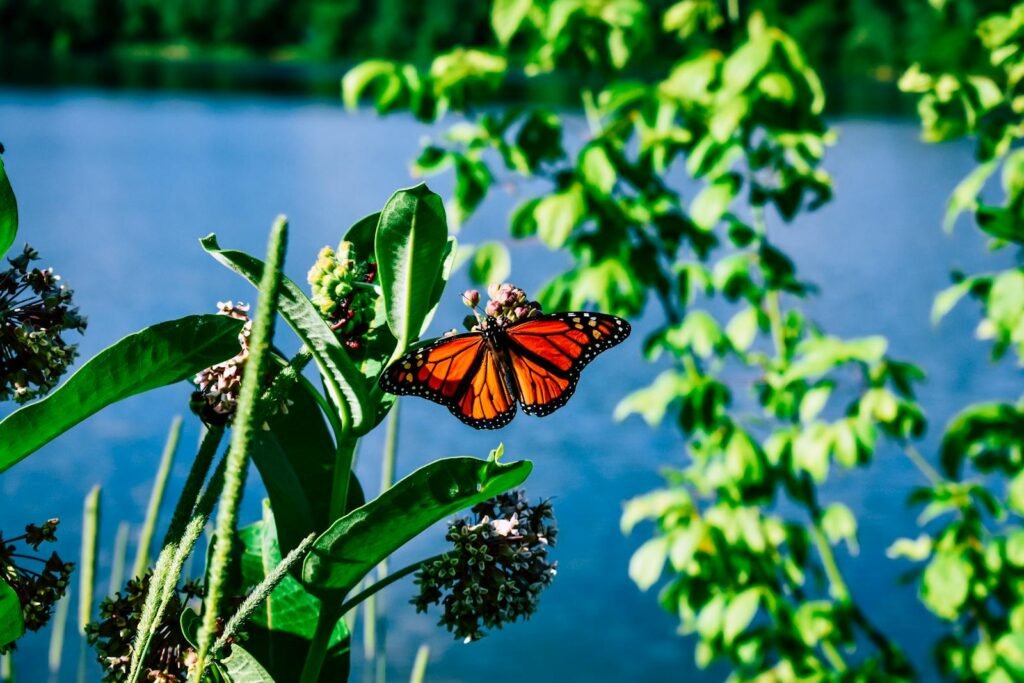Picture this: a tiny orphaned orangutan, barely old enough to climb, gazes up at a towering tree in the middle of a dense rainforest. Instead of his mother, who would have shown him how to find food and avoid danger, a patient human scientist waits nearby, mimicking the gestures and calls of a wild orangutan. It’s a scene brimming with hope, determination, and a question that tugs at the heart—can we really prepare animals for life in the wild after rescuing them? Across the globe, scientists are stepping into the roles of surrogate parents, mentors, and even playmates to give rescued animals a second shot at freedom. This isn’t just a story of compassion; it’s an unfolding saga of ingenuity, innovation, and the relentless drive to help wildlife survive against the odds.
The Challenge of Reintroducing Animals to the Wild
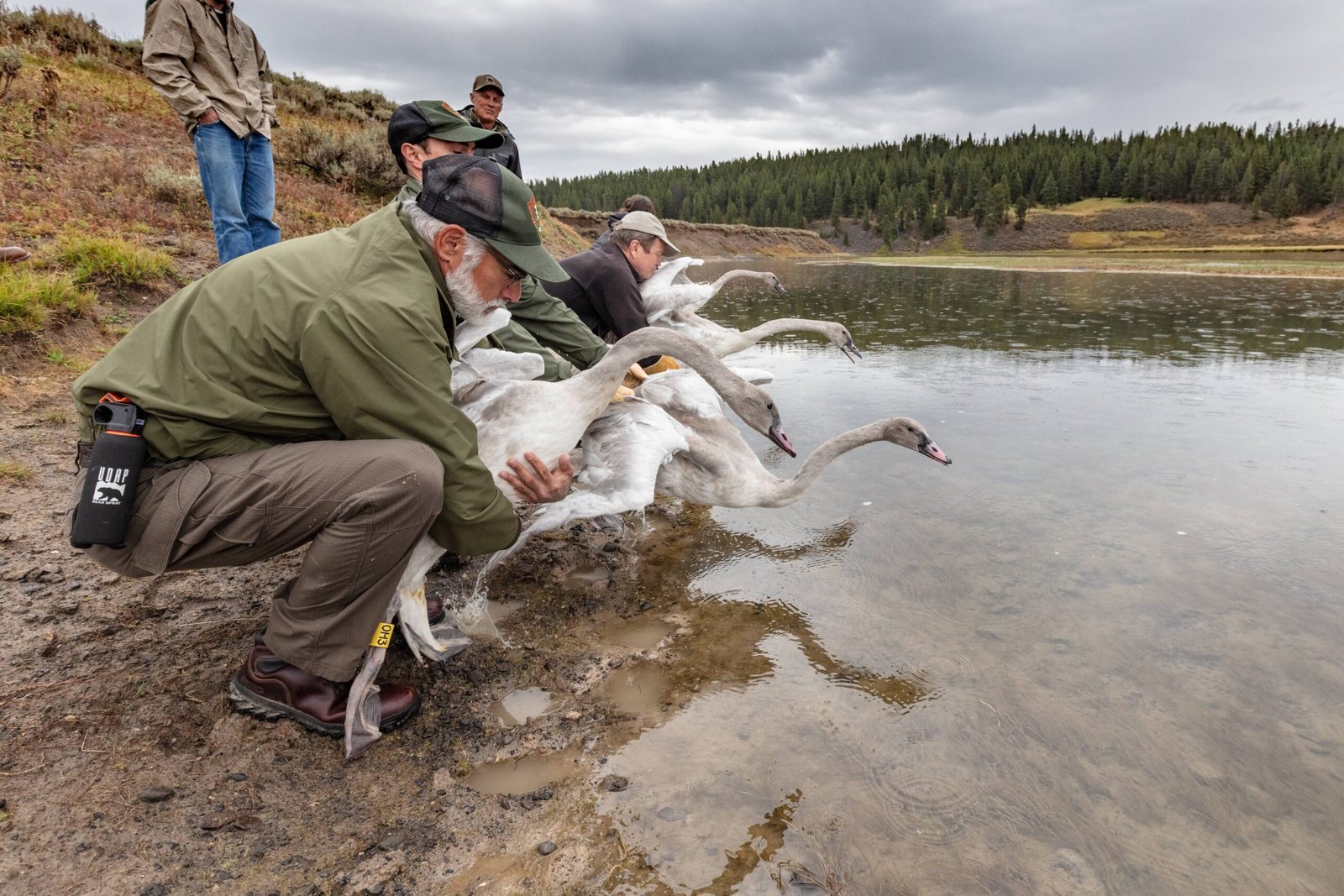
Releasing animals back into their natural habitats isn’t as simple as opening a cage and watching them run free. Many rescued or captive-bred animals lack the basic survival skills they’d learn from their parents in the wild. Without these crucial lessons, their chances of survival plummet. Predators, unfamiliar foods, and even social interactions can become formidable hurdles. Scientists have learned the hard way that well-meaning releases often end in tragedy unless animals are truly prepared for real-world challenges. The stakes are high—each animal represents a beacon of hope for its species, especially those teetering on the brink of extinction.
Why Survival Skills Matter
Just like a child learning to ride a bike, wild animals must master essential skills before they can thrive on their own. These include finding food, identifying threats, building shelters, and navigating their environment. For some species, survival skills are incredibly complex; for example, orangutans must learn to recognize hundreds of edible plants, while wolves need to coordinate hunts with their pack. Without these skills, even the healthiest animal can fall victim to starvation or predation. Scientists now recognize that teaching these abilities is not a luxury—it’s a necessity.
Imitating Nature: Teaching Through Play and Imitation
Many animals learn through play and imitation, so scientists and caregivers use these same techniques in rehabilitation centers. For example, bear cubs in sanctuaries are given logs to tear apart, simulating how they’d search for insects in the wild. Bird chicks might be shown how to crack seeds or hunt insects, sometimes with the help of puppets that resemble adult birds. These creative approaches help bridge the gap between captivity and the wild, allowing young animals to build confidence and curiosity—two traits that can mean the difference between life and death.
The Role of “Soft Release” Programs
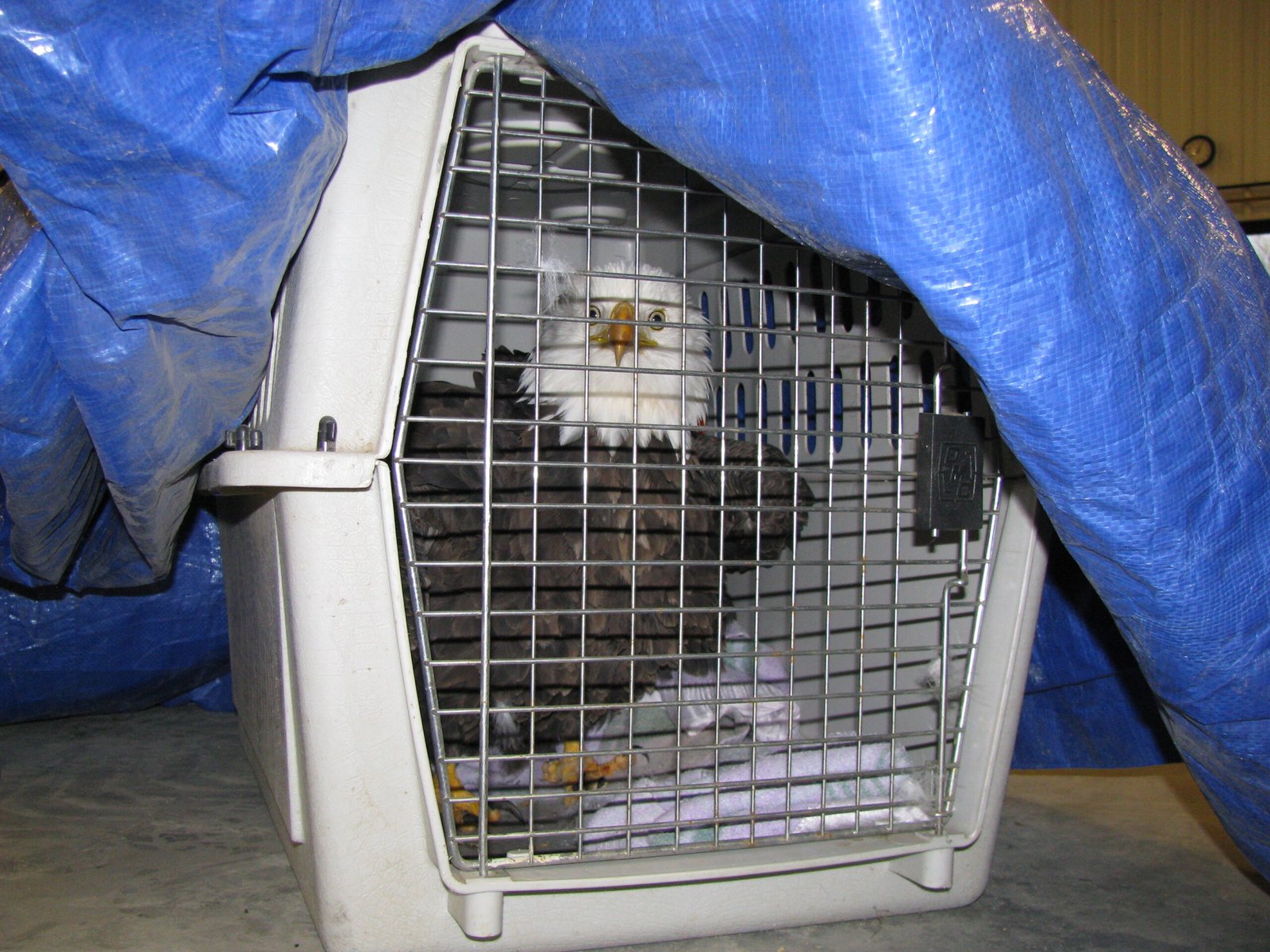
“Soft release” is a method where animals spend time in a semi-wild enclosure before complete freedom. This safety net gives them a chance to practice their skills without immediate dangers lurking nearby. For instance, young orangutans might be moved from a nursery to a forested area, where they can climb real trees and forage while still being monitored by humans. Wolves bred in captivity are sometimes formed into packs and allowed to hunt in controlled environments before facing the wilderness. These programs dramatically improve survival rates, offering a precious period of adjustment.
Predator Avoidance: Instilling Fear and Caution
One of the trickiest lessons to teach is fear—specifically, which animals to avoid. In the wild, young animals often learn by observing their parents’ reactions. In rescue centers, scientists must get creative. Sometimes, they use realistic models or recordings of predators to train animals to recognize and react to danger. For example, prairie dogs might be exposed to hawk silhouettes overhead, prompting them to dash for cover. It’s a delicate balance; the goal is to instill enough caution to promote survival, without causing undue stress or panic.
Foraging and Hunting: Mastering the Art of Finding Food
Foraging and hunting are among the most vital skills for survival. Fish-eating birds, for example, might be given live fish to catch rather than being hand-fed. Lions and tigers raised in captivity need to practice stalking and taking down prey—skills that require patience and precision. In some cases, scientists hide food in challenging locations or scatter it over wide areas to encourage problem-solving and persistence. These lessons are critical, as a single mistake in the wild can mean going hungry for days.
Social Skills and Communication
Survival in the wild often depends on more than individual abilities; it’s about fitting in with the group. Elephants, wolves, and primates are highly social animals, relying on complex communication and cooperation. Scientists facilitate socialization by grouping animals together in rehabilitation centers, allowing them to form bonds and practice vocalizations or body language. This can be especially challenging for animals orphaned at a young age, but it’s essential for their long-term well-being. Learning the subtle cues of their species can help them avoid conflicts and find allies in the wild.
Case Study: Orangutan Forest Schools
In Borneo and Sumatra, “forest schools” for orphaned orangutans have become a lifeline for the species. Here, young apes are guided by human caregivers who climb trees, build nests, and demonstrate how to find fruit or spot snakes. The process can take years, with each orangutan progressing at its own pace. Caregivers wear masks and minimize direct contact to prevent the animals from becoming too attached to humans. It’s a labor of love, but the results speak for themselves—graduates of forest school are better equipped to reclaim their place in the wild.
Learning from Mistakes: What Doesn’t Work
Not every attempt to teach survival skills succeeds. Early reintroduction efforts often failed because animals were released too soon or without adequate preparation. Some animals grew dependent on humans, while others couldn’t adapt to the unpredictability of the wild. These hard lessons have shaped today’s best practices, emphasizing gradual transitions and individualized training. Scientists now carefully track each animal’s progress and adjust their methods, learning from both successes and setbacks.
The Emotional Impact on Scientists and Caregivers
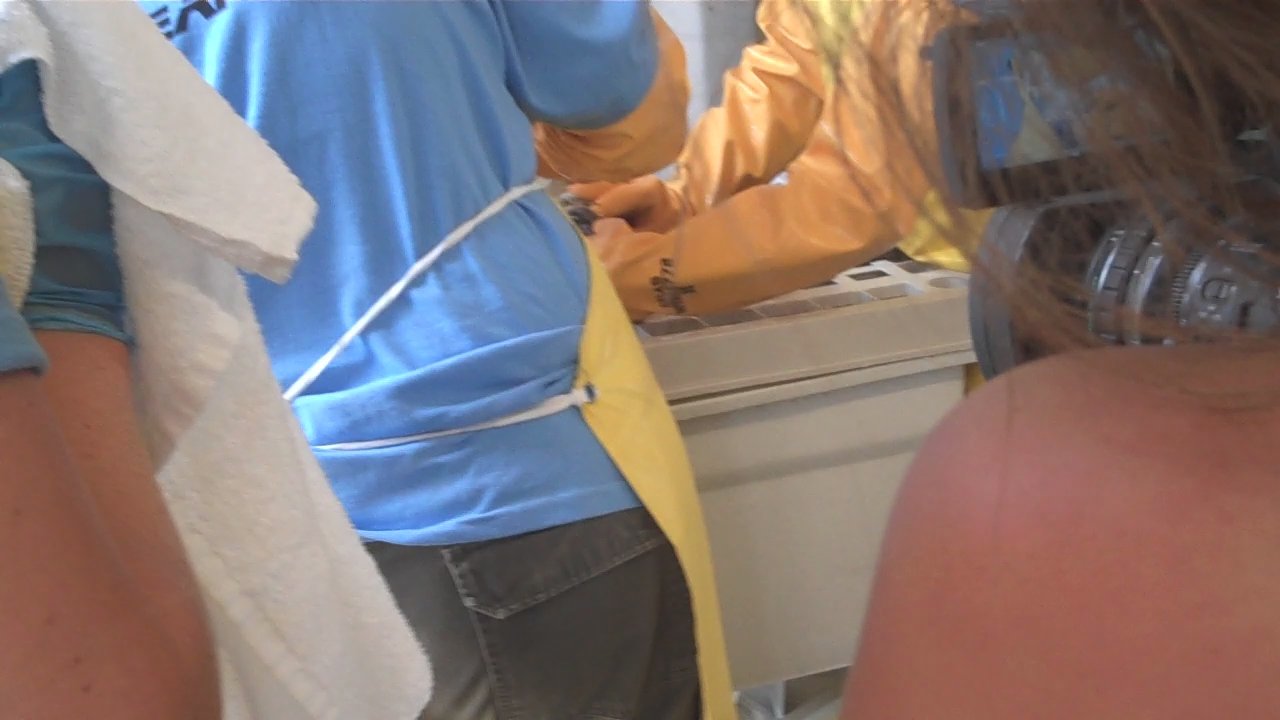
Teaching animals to survive isn’t just a technical challenge—it’s an emotional journey. Caregivers form deep bonds with their charges, celebrating their successes and mourning their losses. Letting go can be heartbreaking, especially when an animal’s fate is uncertain. Yet, the joy of seeing a once-helpless creature confidently navigate the wild is unmatched. Many scientists describe the work as both humbling and inspiring, a reminder of the delicate balance between human intervention and nature’s resilience.
The Future of Wildlife Reintroduction
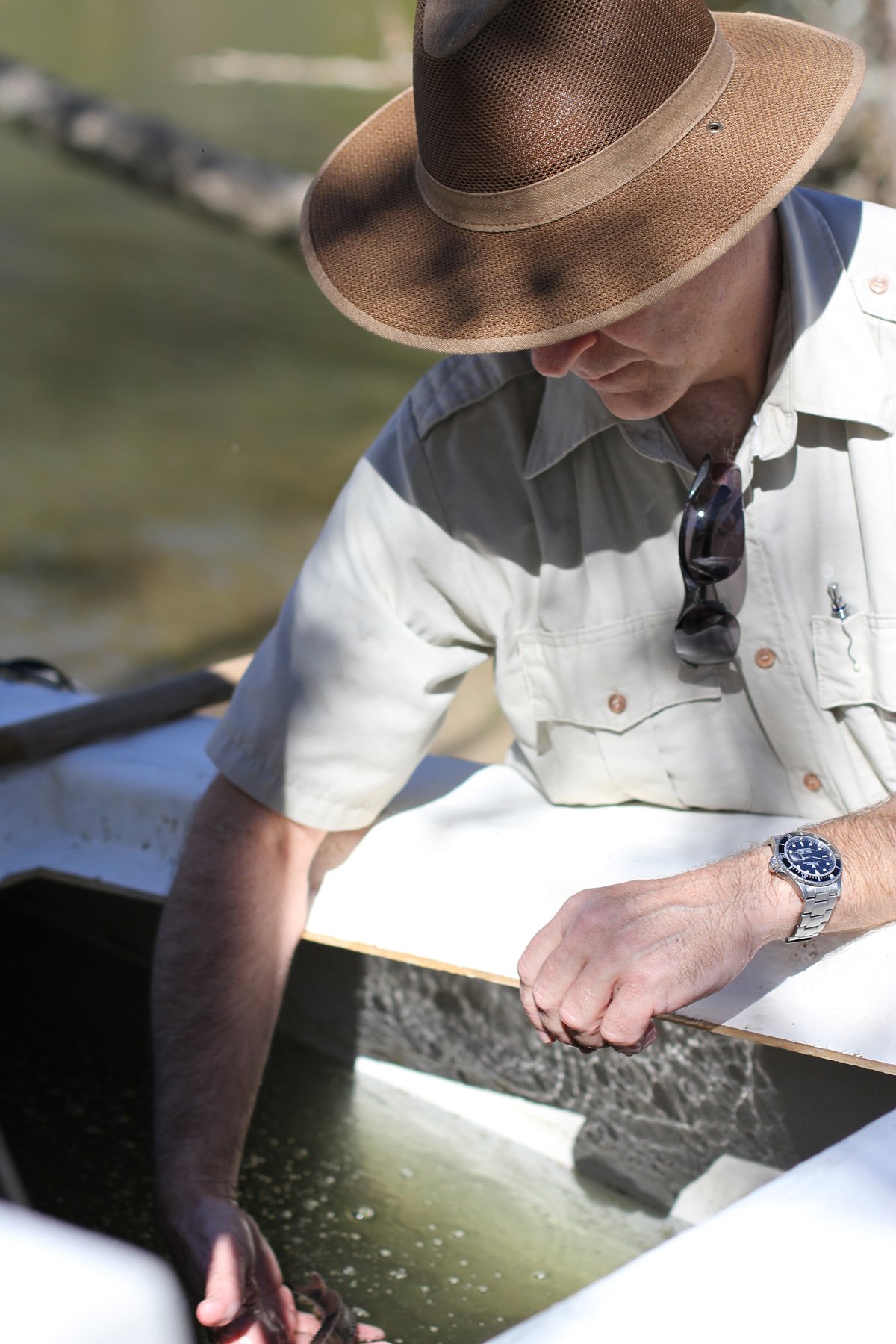
Advancements in technology and animal behavior research hold promise for even better outcomes in the years ahead. Drones and camera traps allow scientists to monitor released animals discreetly, gathering data to refine training programs. Virtual reality and artificial intelligence are being explored as new ways to simulate natural environments. As habitats continue to shrink and threats to wildlife grow, the need for effective reintroduction programs has never been more urgent. The hope is that, with science and compassion, more animals will not only survive but thrive in the wild once again.


